- 1 What Is a Screw Press Sludge Dewatering Machine and How Does It Work?
- 2 Top 5 Benefits of Using Industrial Sludge Dewatering Equipment
- 3 How to Choose the Right Screw Press Dewatering System for Wastewater Treatment
- 4 Maintenance Tips for High Efficiency Sludge Dewatering Machines
- 5 Comparing Automatic Sludge Dewatering Press Models
- 6 Optimizing Your Wastewater Sludge Treatment Process
What Is a Screw Press Sludge Dewatering Machine and How Does It Work?
A screw press sludge dewatering machine is a mechanical device designed to separate liquids from solids in sludge, a byproduct of wastewater treatment. It operates by using a rotating screw to apply continuous pressure, forcing water out through a perforated screen while retaining the solid material. This process significantly reduces sludge volume, making disposal or further treatment more cost-effective.
Food Grade Energy-Saving Press Dewatering Machine Spiral Screw Sludge Dewatering Machine QXDL-251
Key Components of a Screw Press Dewatering System
- Inlet zone where sludge is fed into the machine
- Rotating screw that transports and compresses the sludge
- Perforated screen that allows water to escape while retaining solids
- Adjustable back pressure device to control dryness of output
- Collection system for separated water and dewatered solids
Working Principle in Detail
The dewatering process occurs in three main stages. First, the sludge enters the feed zone where preliminary drainage happens. Then, as the screw conveys the material forward, increasing pressure compresses the sludge. Finally, the compressed solids are discharged while the filtrate is collected separately. Compared to other methods like belt presses or centrifuges, screw presses offer lower energy consumption and simpler maintenance.
Top 5 Benefits of Using Industrial Sludge Dewatering Equipment
Industrial sludge dewatering equipment, particularly screw press variants, provides numerous advantages for wastewater treatment facilities and industrial plants dealing with sludge management challenges.
1. Significant Volume Reduction
Screw presses can reduce sludge volume by 70-85%, dramatically lowering transportation and disposal costs. For example, 100 cubic meters of liquid sludge might be reduced to just 15-30 cubic meters of dewatered cake.
2. Energy Efficiency
Compared to thermal drying or centrifugation, screw presses consume significantly less energy. The table below shows a comparison:
| Method | Energy Consumption (kWh per ton of dry solids) |
|---|---|
| Screw Press | 5-15 |
| Centrifuge | 20-40 |
| Thermal Dryer | 80-120 |
3. Low Maintenance Requirements
With fewer moving parts than centrifuges and no filters to replace like in belt presses, screw presses offer reduced maintenance needs and costs.
4. Continuous Operation Capability
Unlike batch processing systems, screw presses can operate continuously, improving overall treatment plant efficiency.
5. Versatility Across Sludge Types
These machines effectively handle various sludge types including municipal, industrial, and agricultural, though performance may vary based on sludge characteristics.
How to Choose the Right Screw Press Dewatering System for Wastewater Treatment
Selecting the appropriate screw press dewatering system for wastewater treatment requires careful consideration of several factors to ensure optimal performance and cost-effectiveness.
Key Selection Criteria
- Sludge characteristics: Consider solids concentration, particle size, and organic content
- Required dryness: Different applications may need 15-40% dry solids content
- Processing capacity: Match machine size to your daily sludge volume
- Available space: Screw presses typically require less space than alternatives
- Automation needs: Consider level of control and monitoring required
Performance Comparison Table
The following table compares screw presses with other common dewatering technologies:
| Parameter | Screw Press | Belt Press | Centrifuge |
|---|---|---|---|
| Dryness Achieved | 15-30% | 15-25% | 20-35% |
| Energy Use | Low | Medium | High |
| Maintenance | Low | Medium | High |
| Footprint | Small | Medium | Small |
| Noise Level | Low | Medium | High |
Maintenance Tips for High Efficiency Sludge Dewatering Machines
Proper maintenance is crucial for keeping your high efficiency sludge dewatering machines operating at peak performance and extending their service life.
Daily Maintenance Procedures
- Inspect and clean the screen surface to prevent clogging
- Check for unusual noises or vibrations during operation
- Monitor pressure gauges and torque indicators
- Verify proper lubrication of all moving parts
- Inspect discharge cake consistency and adjust as needed
Scheduled Maintenance Activities
A comprehensive maintenance schedule should include:
- Monthly inspection of screw flights and wear parts
- Quarterly bearing checks and lubrication
- Annual motor and gearbox inspection
- Screen replacement every 2-3 years depending on usage
Troubleshooting Common Issues
Some typical problems and their solutions include:
- Poor dewatering: May indicate incorrect pressure setting, worn screen, or improper sludge conditioning
- Excessive vibration: Often caused by unbalanced load or bearing issues
- Motor overload: Could result from excessive feed rate or mechanical obstruction
Comparing Automatic Sludge Dewatering Press Models
Modern automatic sludge dewatering press systems offer varying features and capabilities. Understanding these differences helps in selecting the most suitable equipment.
Key Features to Compare
- Level of automation and control systems
- Material construction (stainless steel grades)
- Screw design and configuration
- Screen types and replacement mechanisms
- Integrated cleaning systems
Performance Metrics Comparison
| Feature | Basic Model | Standard Model | Premium Model |
|---|---|---|---|
| Automation Level | Manual controls | PLC with basic automation | Fully automated with remote monitoring |
| Throughput Capacity | Up to 50 m³/day | 50-200 m³/day | 200-500 m³/day |
| Dryness Range | 15-22% | 18-28% | 20-35% |
| Energy Consumption | 7-10 kWh/ton | 5-8 kWh/ton | 4-6 kWh/ton |
Optimizing Your Wastewater Sludge Treatment Process
Implementing a wastewater sludge treatment process with screw press technology requires careful planning and optimization to achieve best results.
Pre-Treatment Considerations
Proper sludge conditioning is essential for optimal dewatering performance. Common methods include:
- Polymer conditioning to improve flocculation
- pH adjustment when necessary
- Grit removal to prevent equipment wear
Process Integration Strategies
For maximum efficiency, consider:
- Implementing sludge thickening before dewatering
- Optimizing feed rates based on sludge characteristics
- Integrating with downstream processes like composting or incineration
Performance Monitoring
Key parameters to track include:
- Cake dryness percentage
- Solids capture rate
- Polymer consumption
- Energy consumption per unit of sludge processed

 ENG
ENG
 English
English русский
русский Español
Español Tiếng Việt
Tiếng Việt ไทย
ไทย
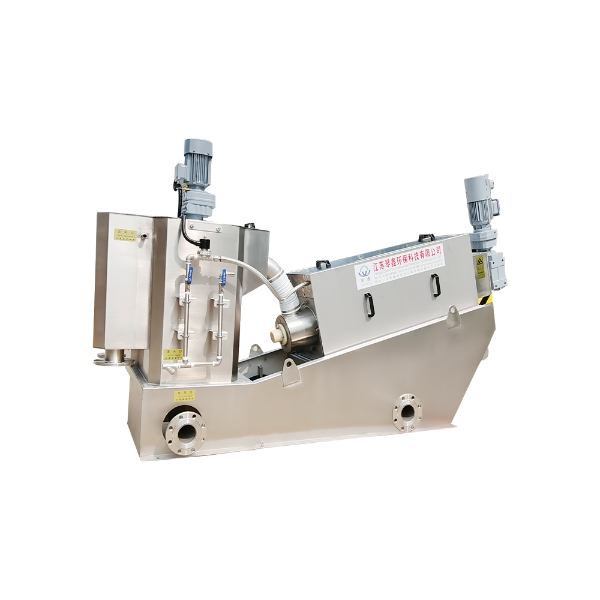
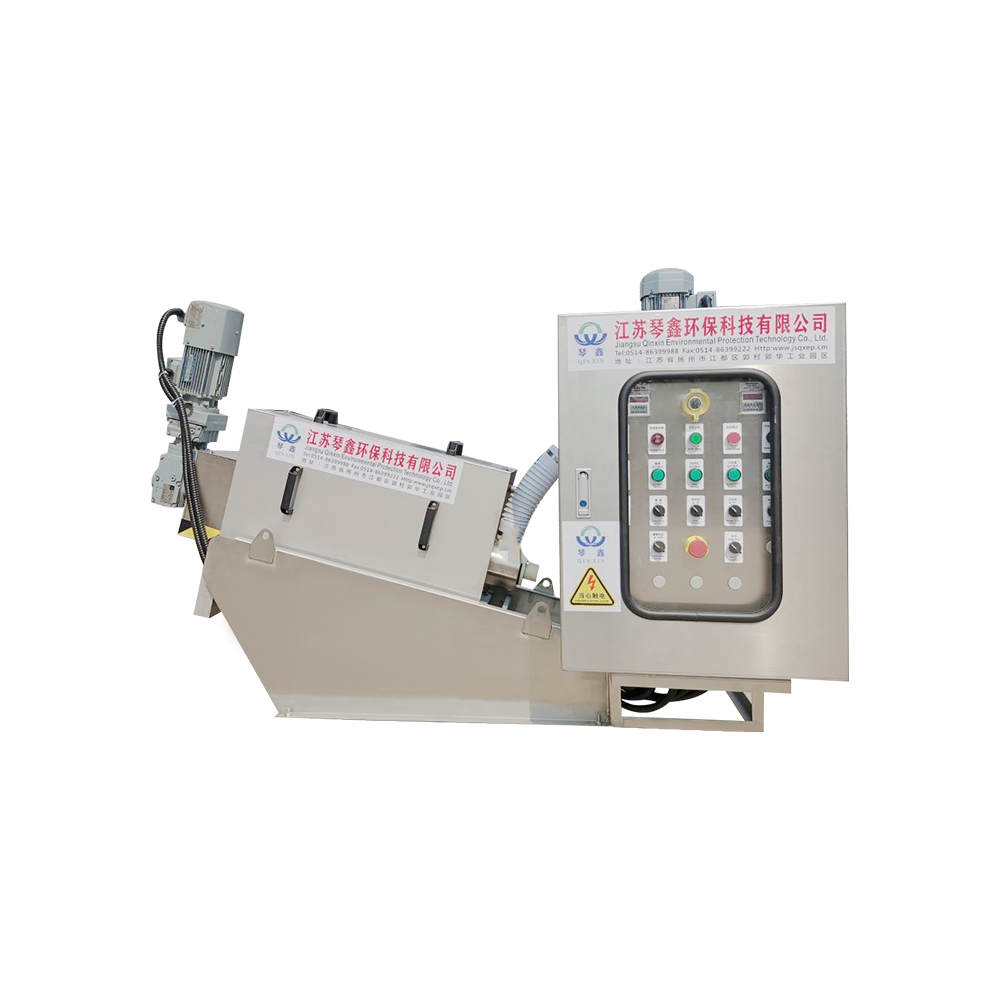
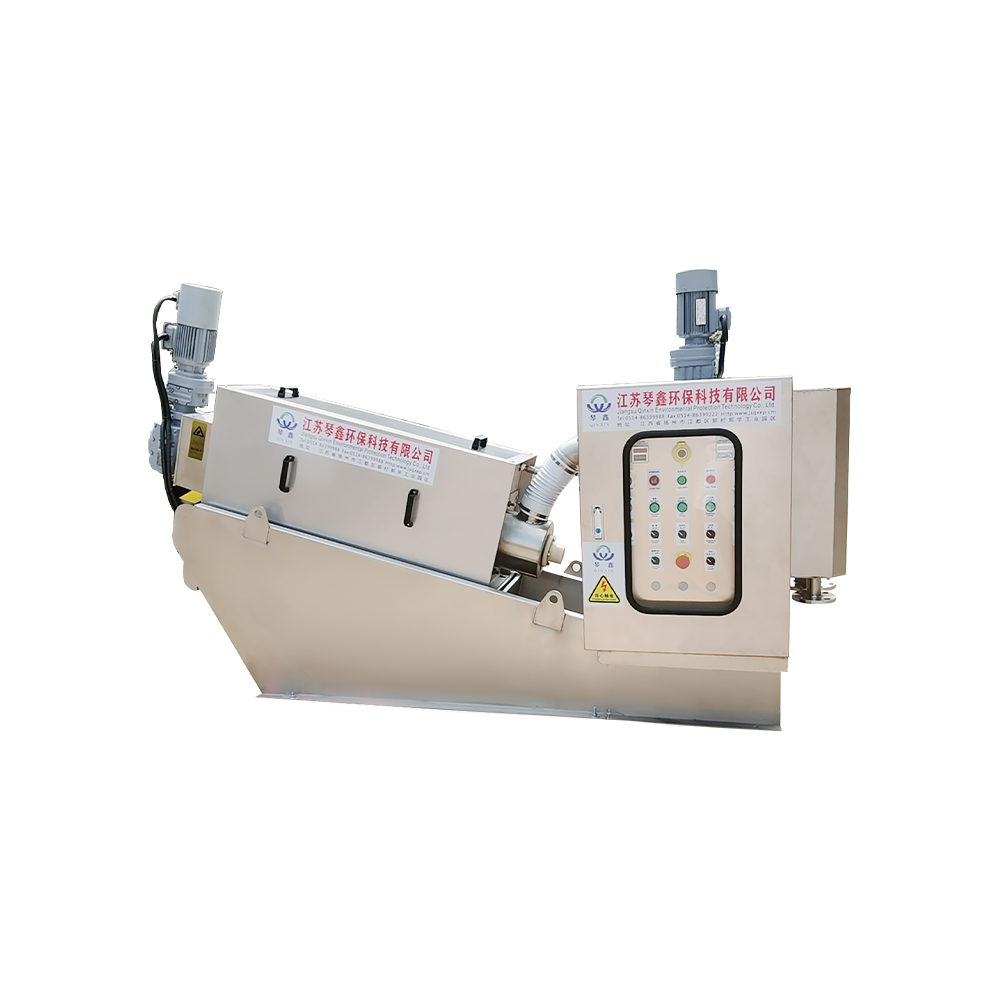
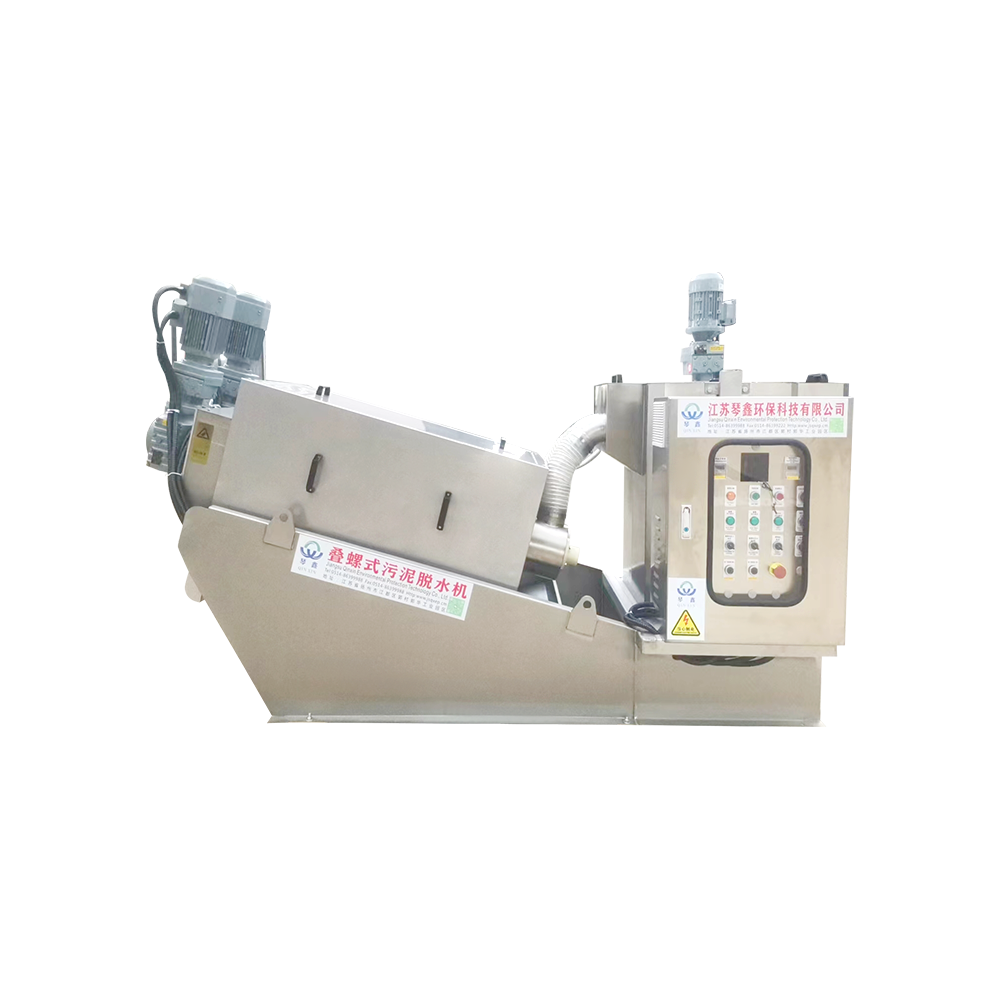
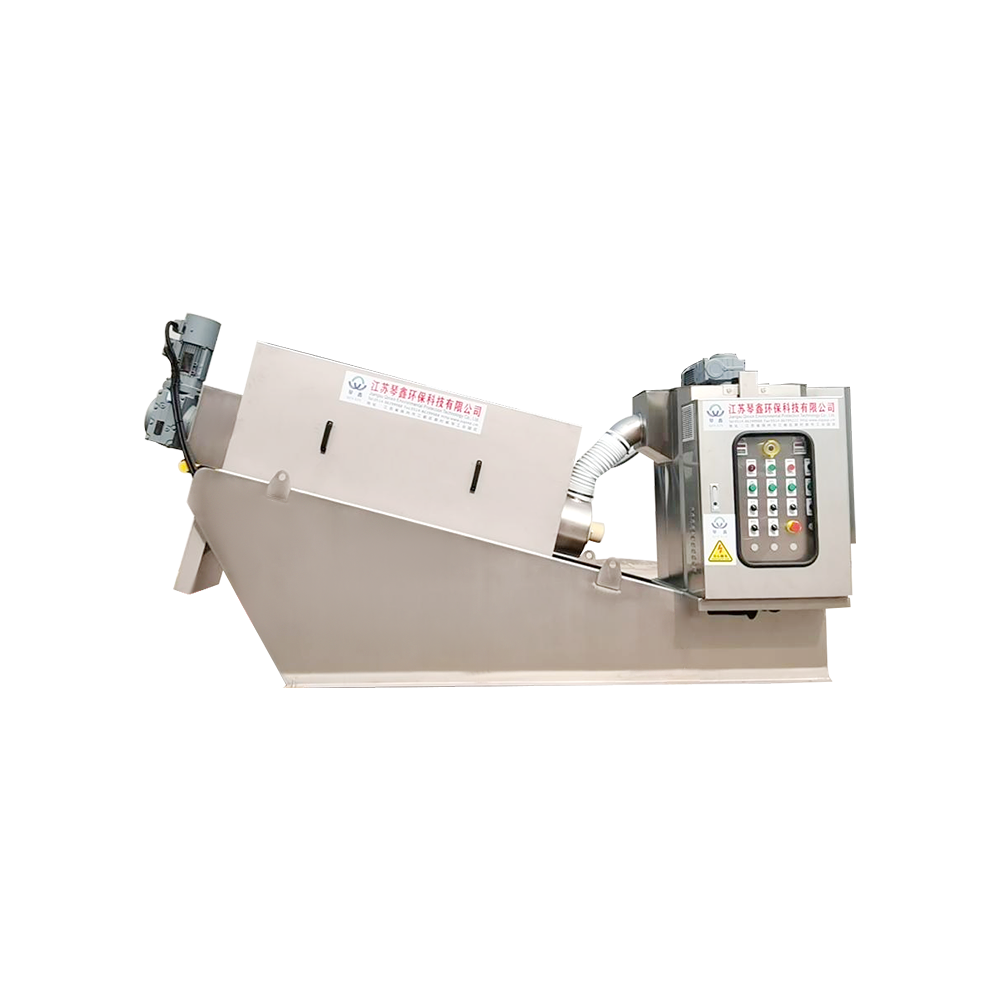
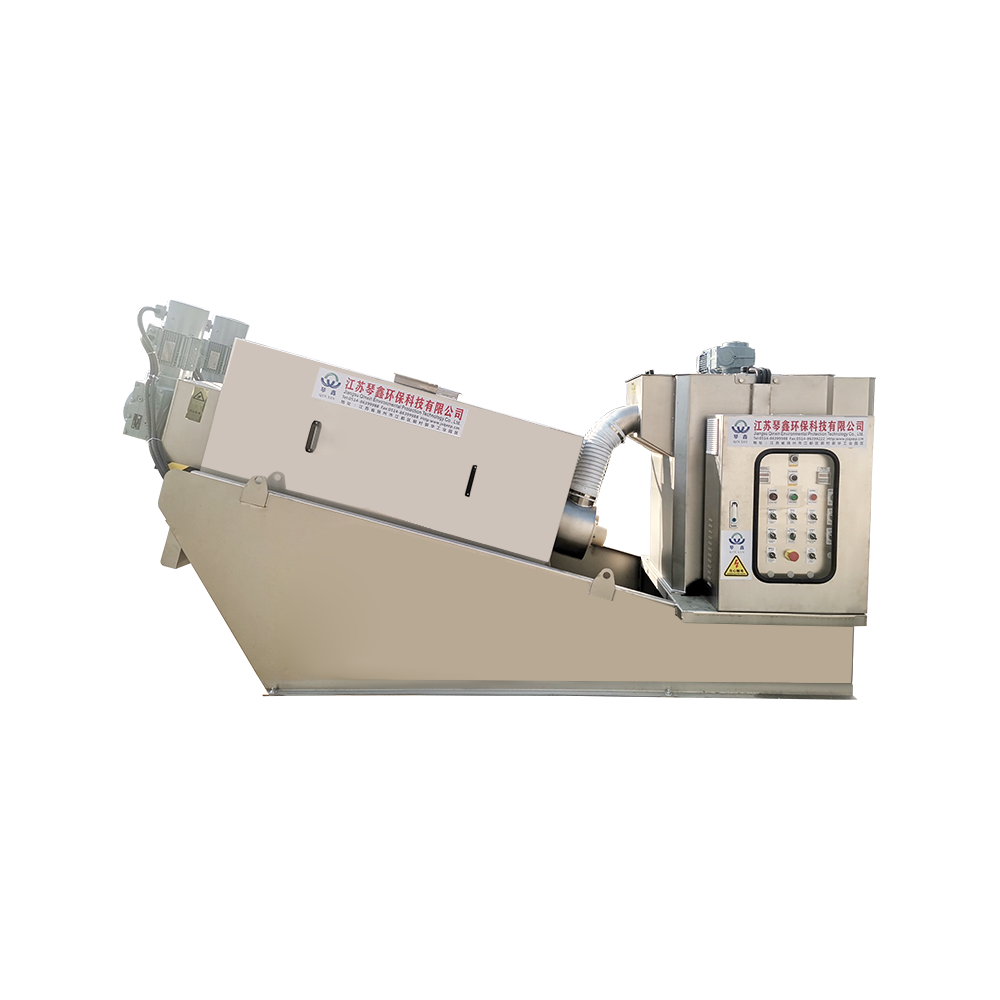
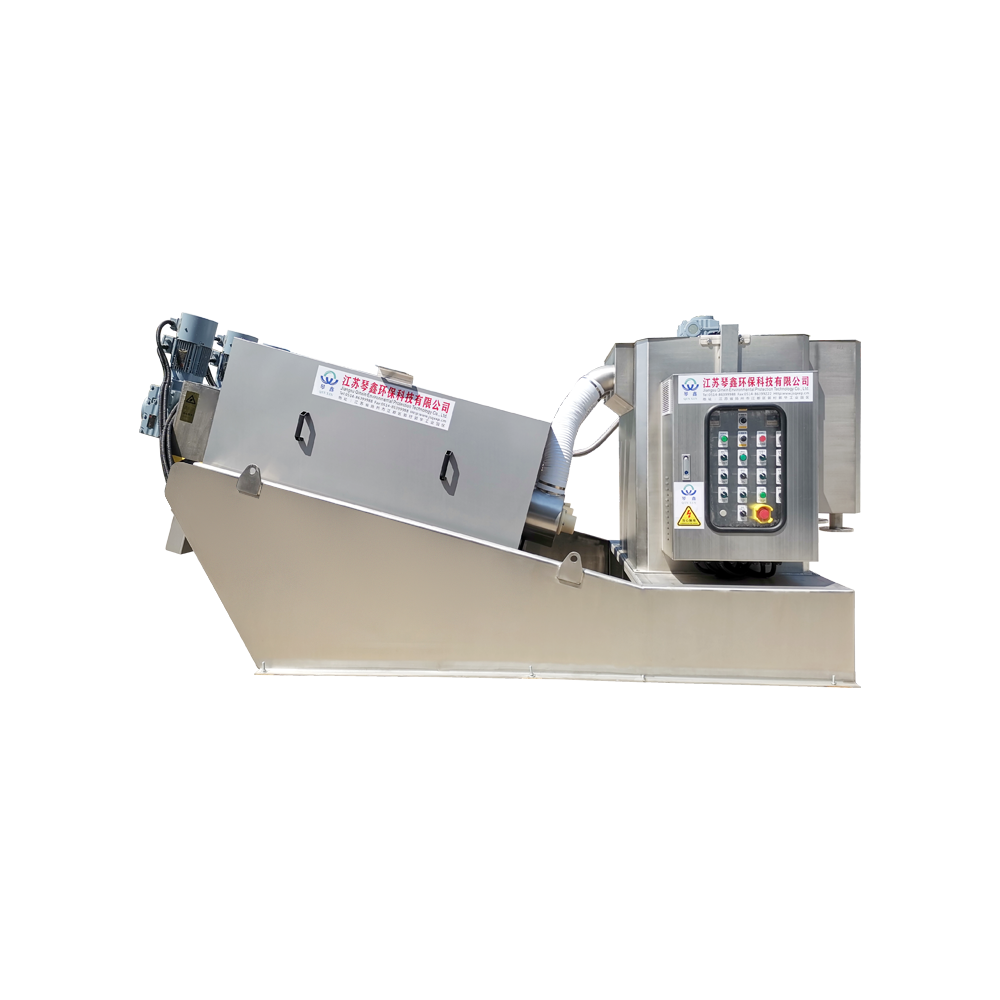
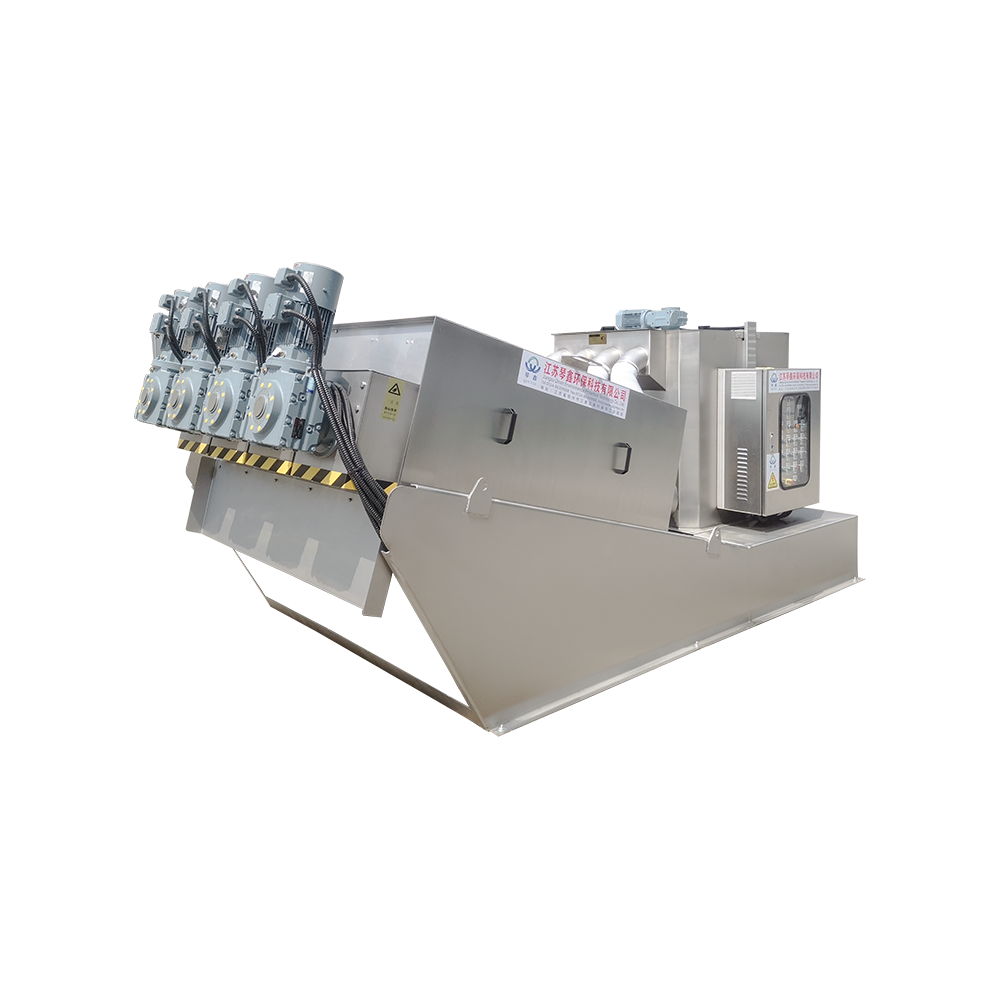

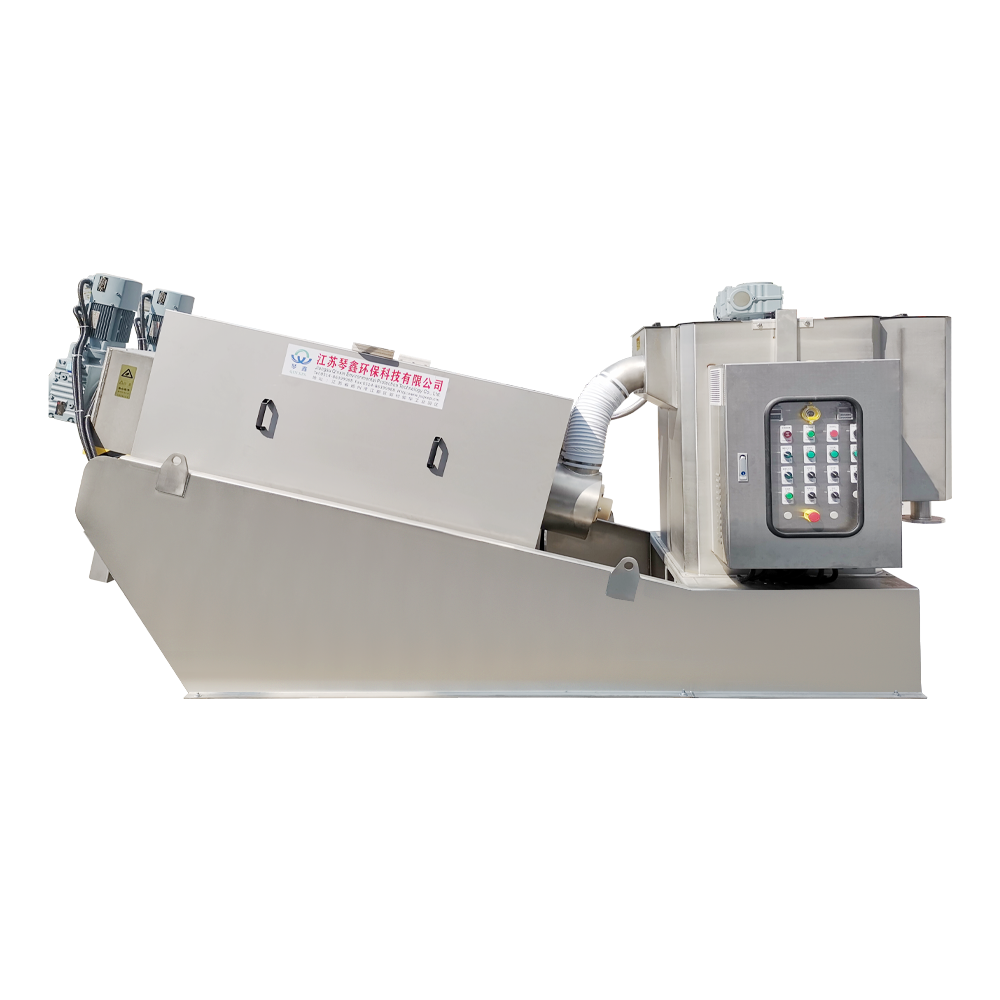
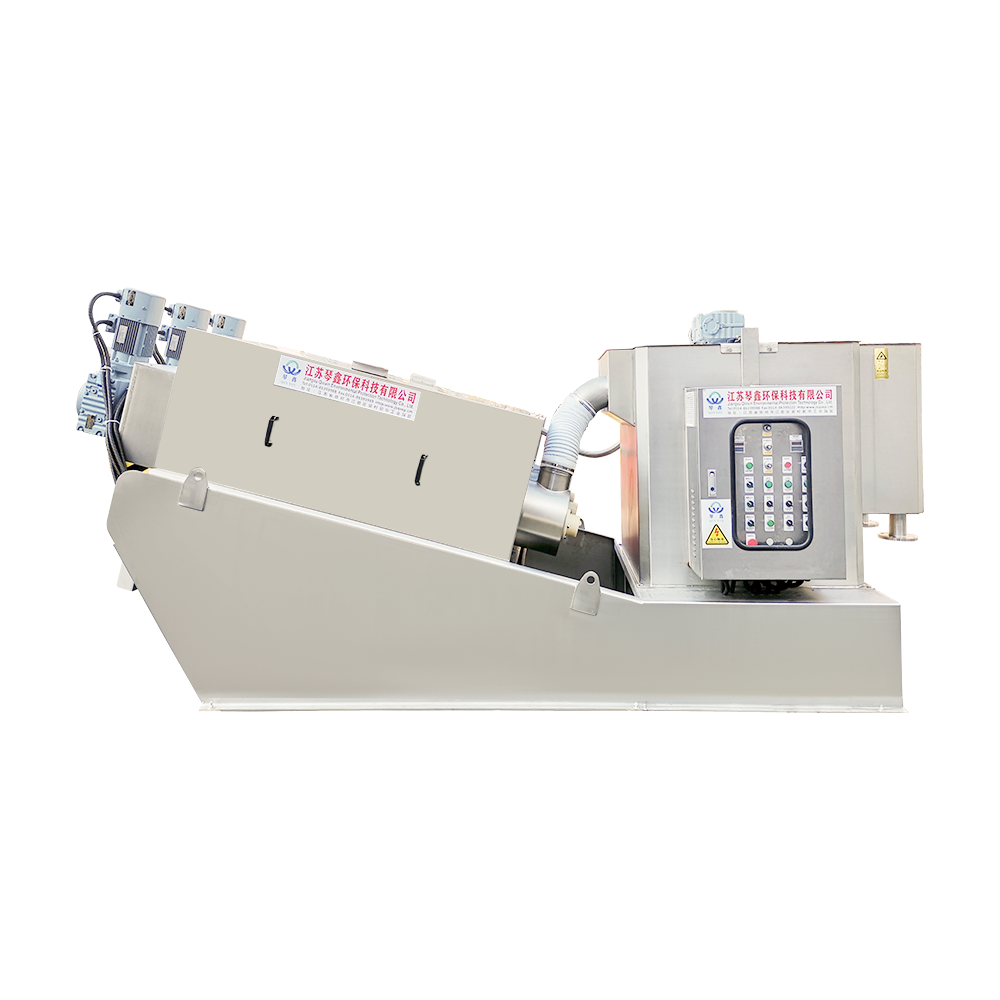
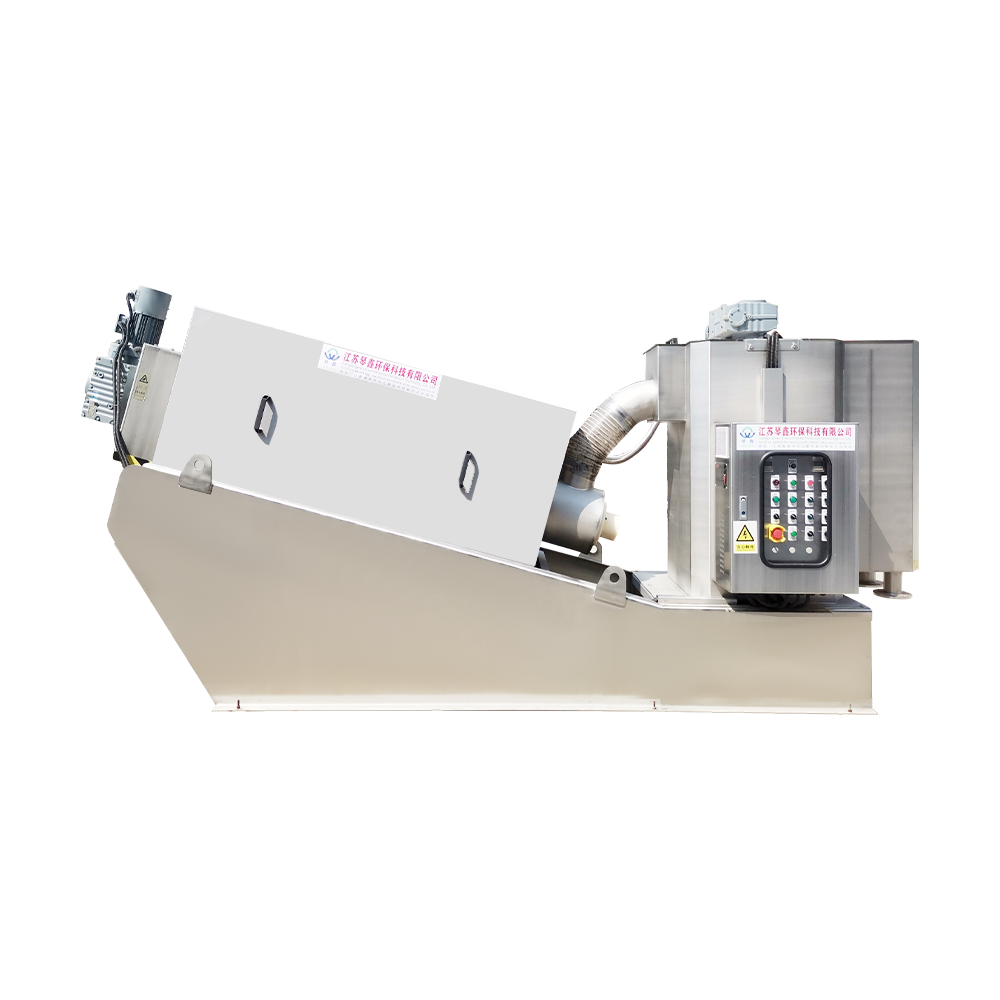
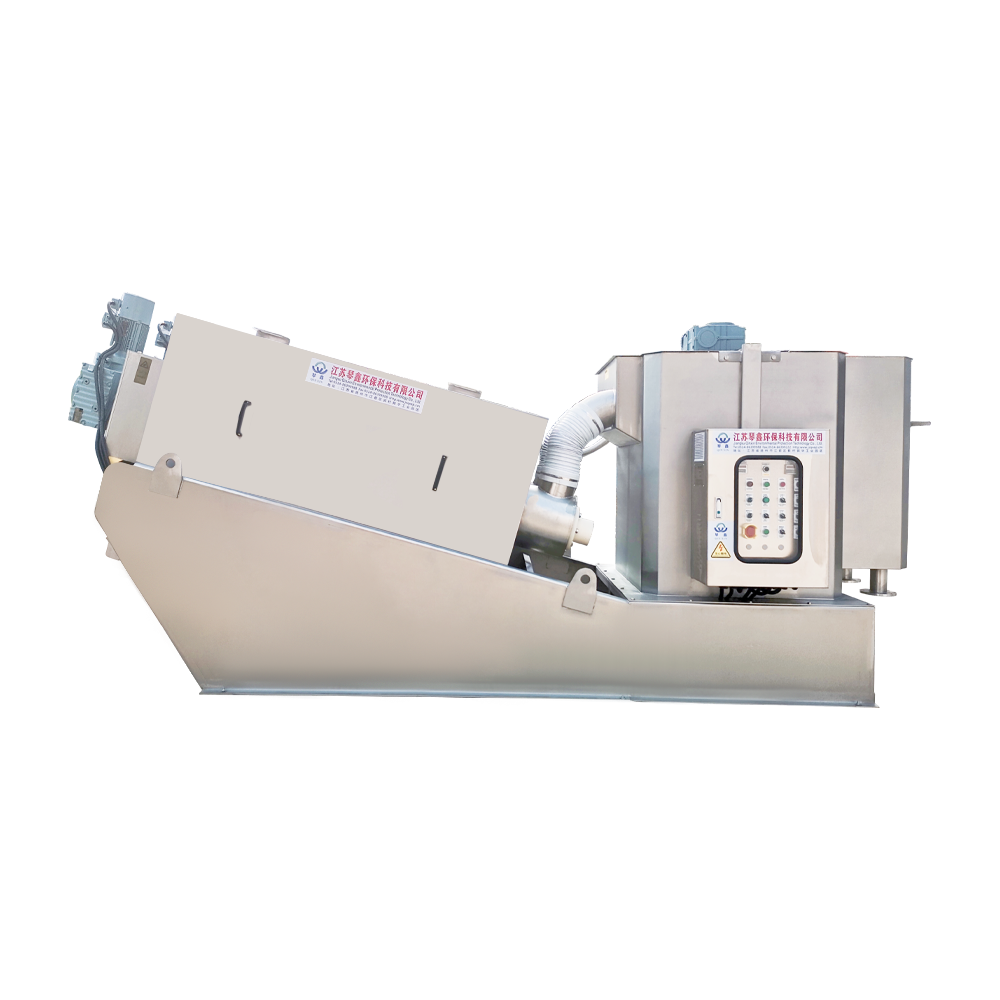
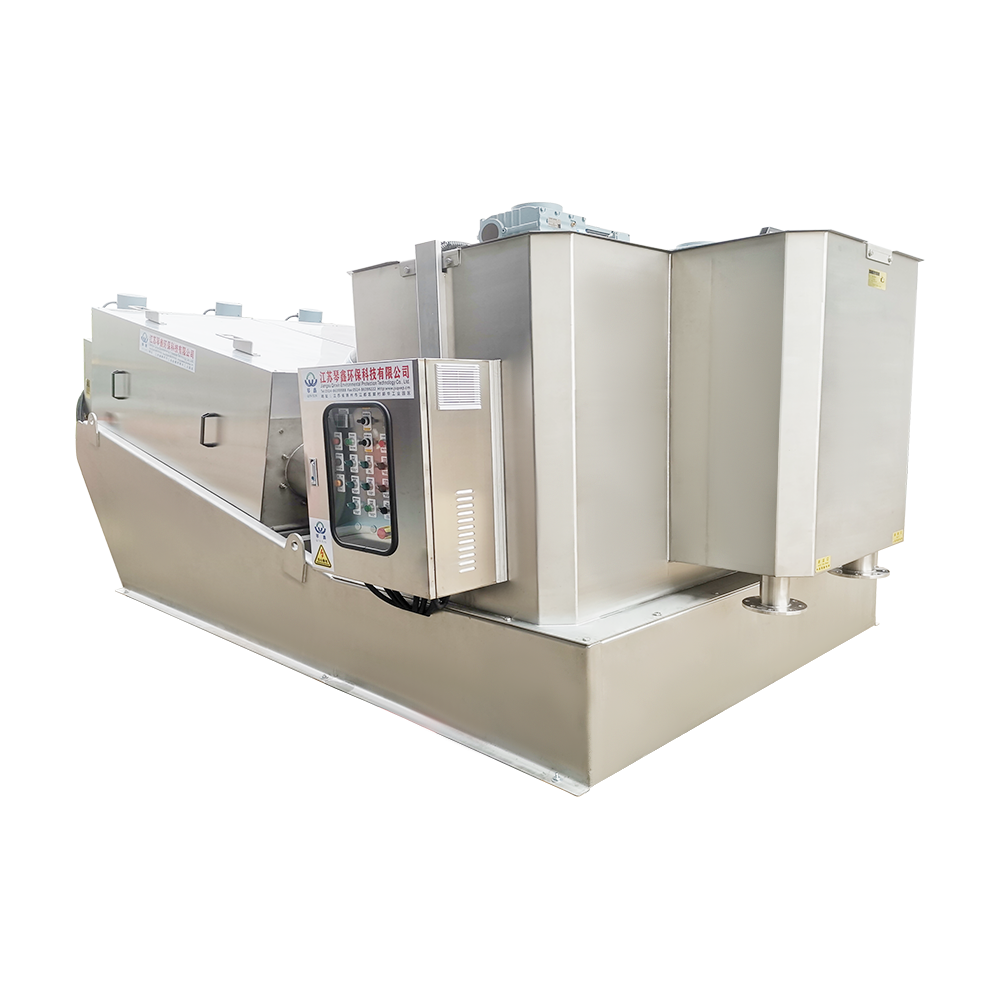
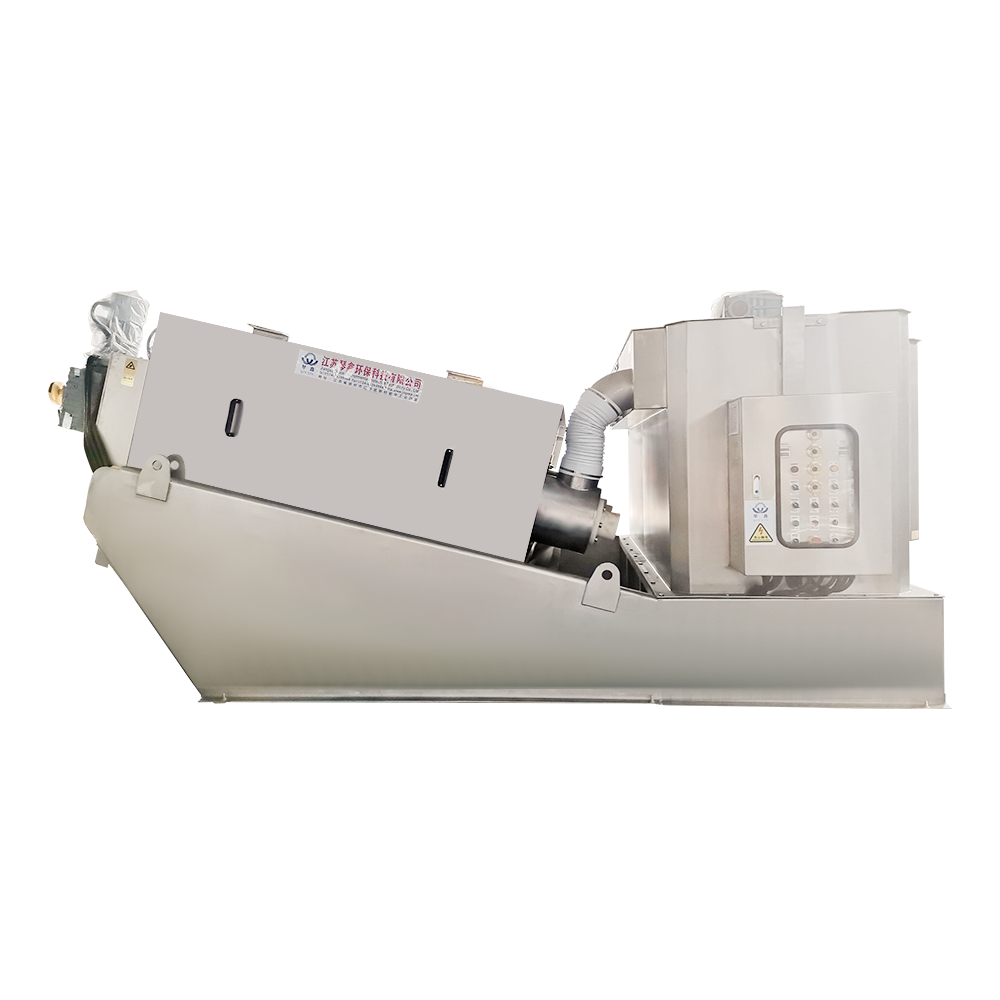
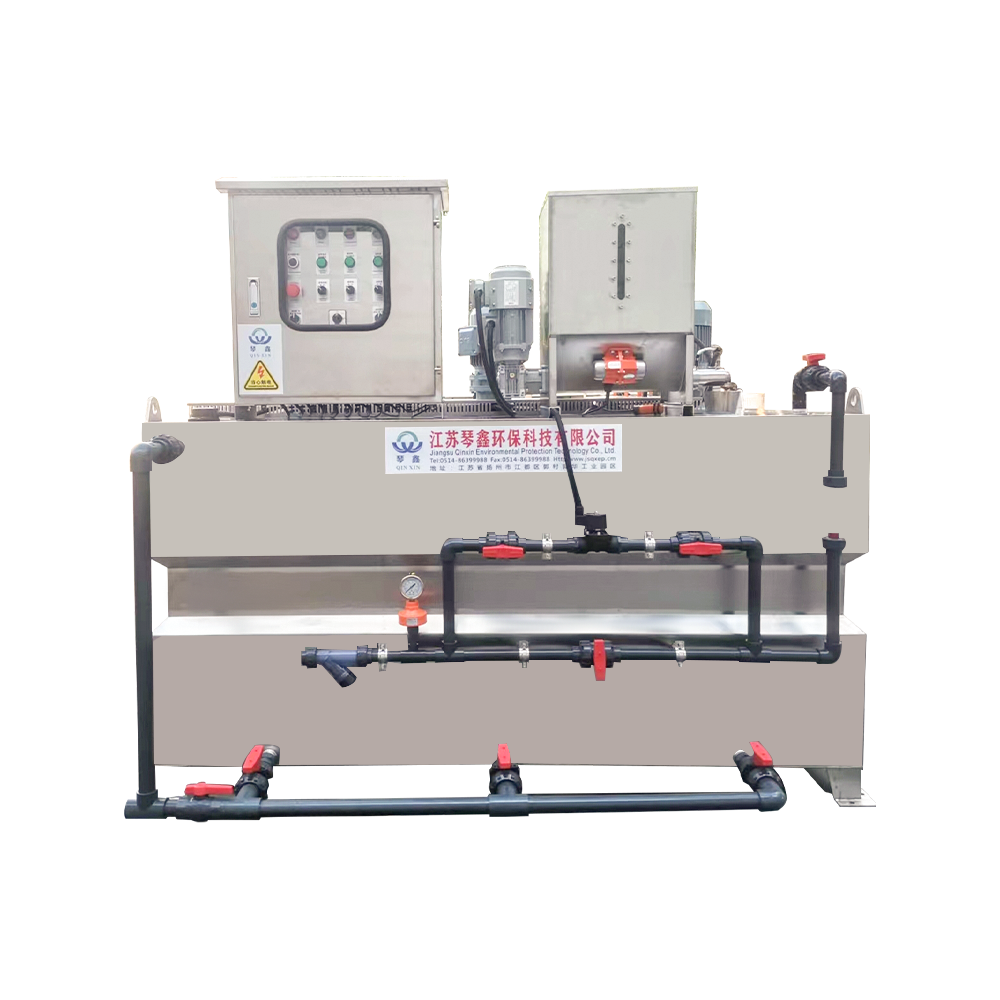

 TOP
TOP